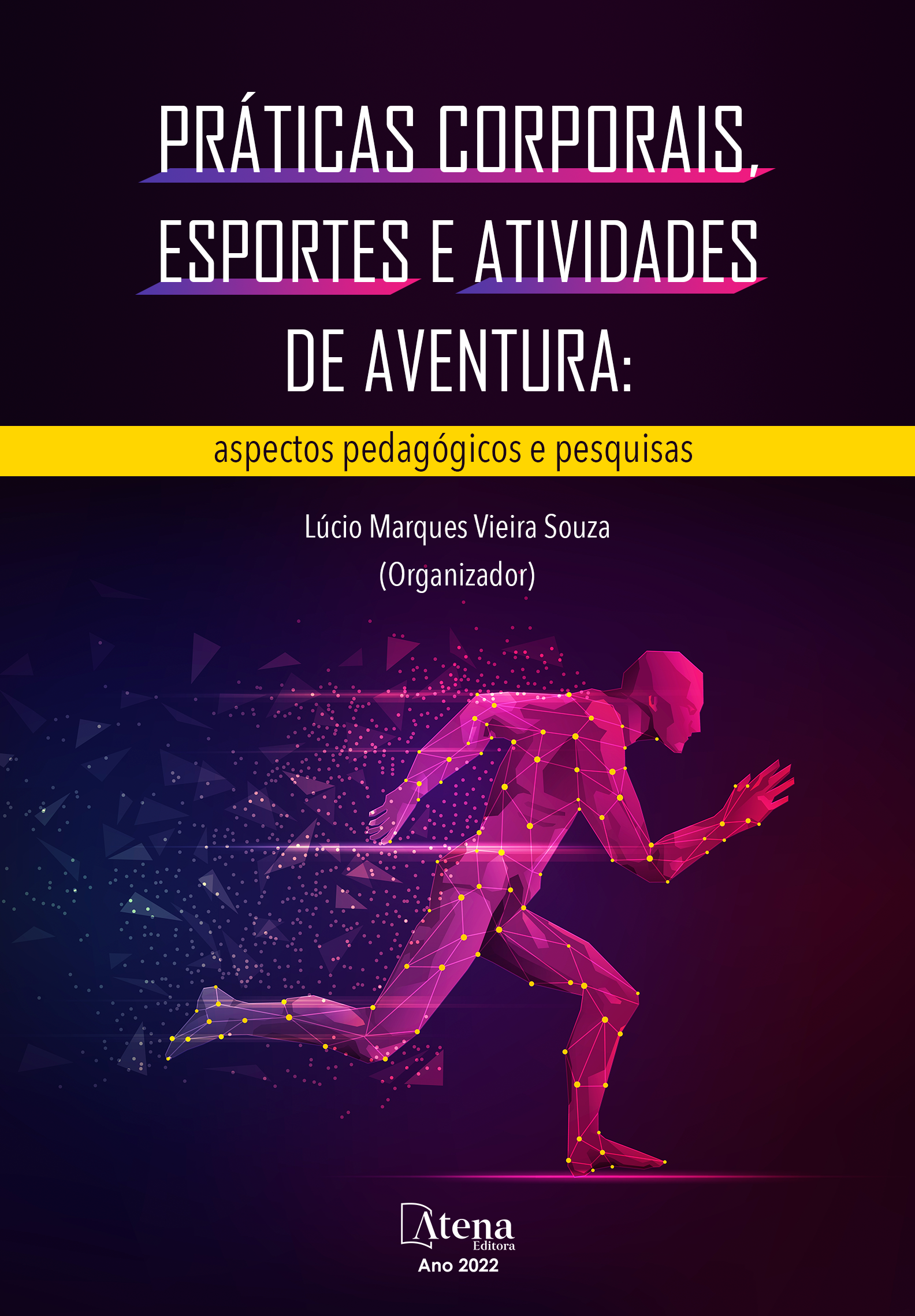
MECANISMOS DE PERCEPCIÓN, DECISIÓN Y EJECUCIÓN EN EL APRENDIZAJE SOCIOMOTOR
El artículo tiene por objetivo determinar las tareas motrices de percepción, decisión y ejecución, e implementar y aplicar para fundamentar y clasificar teóricamente aprendizajes sociomotores en niños de 7 años. A partir de la teoría fundamentada y el estudio de casos con dos niños, se aplicó un programa de tareas sociomotrices tácticas ofensivas y defensivas del futsal durante once semanas; utilizando para el análisis comparación, interpretación y descripción de las acciones sociomotrices, el software Kinovea. Los resultados indican que existen seis dominios de acción sociomotriz táctico para el futsal: (i) de formación multilateral rítmica y comunicativa; (ii) sin colaboración en contextos variados; (iii) con colaboración en contextos variados; (iv) con oposición y sin colaboración en contextos variados; (v) y estratégicas con colaboración y con oposición en contextos variados; y (vi) para el logro de objetivos motores y socio emocionales. Se concluye que las acciones sociomotrices aportan en el pensamiento táctico y técnico orientado a la comprensión de la lógica interna del futsal en situación de juego individual y colaborativo.
MECANISMOS DE PERCEPCIÓN, DECISIÓN Y EJECUCIÓN EN EL APRENDIZAJE SOCIOMOTOR
-
DOI: 10.22533/at.ed.6122203054
-
Palavras-chave: Aprendizaje, decisión, percepción, sociomotricidad, futsal.
-
Keywords: Learning, decision, perception, sociomotricity, futsal.
-
Abstract:
The article aims to determine the motor tasks of perception, decision, and execution, and to implement and apply them to theoretically base and classify sociomotor learning in 7-year-old children. Based on the grounded theory and the study of cases with two children, a program of offensive and defensive tactical sociomotor tasks of futsal was applied for eleven weeks; using Kinovea software for analysis, comparison, interpretation, and description of sociomotor actions. The results indicate that there are six domains of tactical sociomotor action for futsal: (i) rhythmic and communicative multilateral formation; (ii) without collaboration in varied contexts; (iii) with collaboration in varied contexts; (iv) with opposition and without collaboration in various contexts; (v) and strategic with collaboration and with opposition in varied contexts; and (vi) for the achievement of motor and socio-emotional objectives. It is concluded that sociomotor actions contribute to tactical and technical thinking aimed at understanding the internal logic of futsal in individual and collaborative game situations.
-
Número de páginas: 21
- Indalecio Mujica Bermúdez
- Oscar Gutiérrez Huamaní


